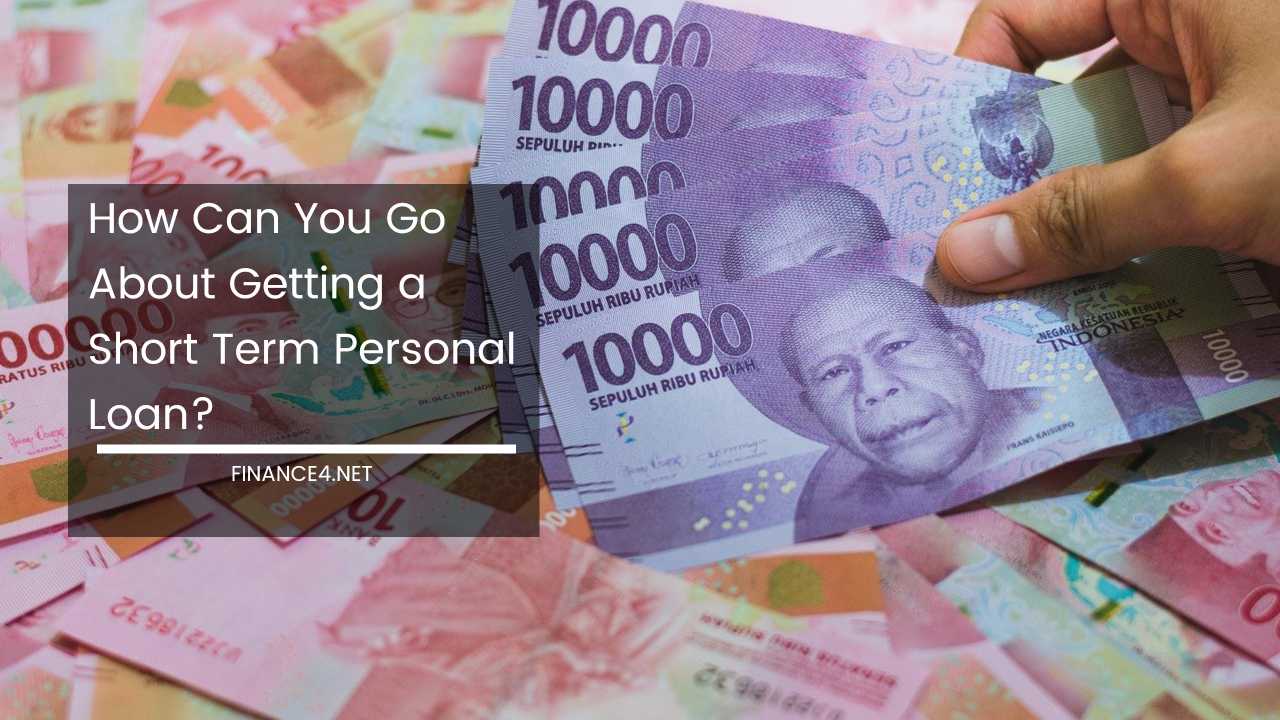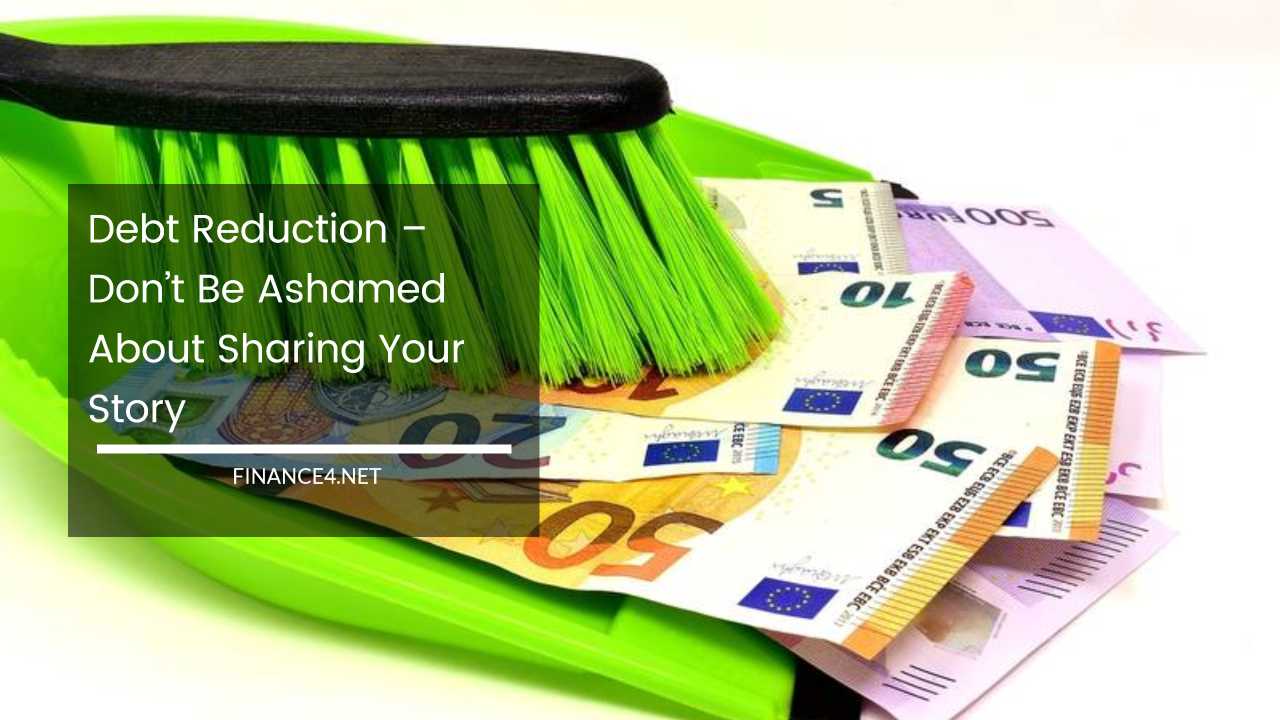Challenging Task Awaits Turkey’s New Finance Team in Rebuilding the Economy

Turkey Economy
To steer Turkey towards a sustainable economic path, several measures need to be taken, including a significant increase in borrowing costs and a further depreciation of the Turkish lira.
However, it is important to note that the information you provided about the country’s foreign currency reserves being depleted by unorthodox policies and the use of at least $23 billion to support the lira before May’s election is based on a hypothetical scenario, as of my knowledge cutoff in September 2021.
Therefore, the current situation may have evolved beyond this point. Nevertheless, I can provide you with a general expansion of the statement based on the given information:
In order to guide Turkey towards a sustainable economic trajectory, policymakers will likely need to implement crucial measures.
First and foremost, a sharp rise in borrowing costs is expected. This would involve increasing interest rates to attract foreign investors and stabilize the economy.
By raising borrowing costs, Turkey can create a more attractive investment environment, encouraging capital inflows and bolstering its economic stability.
Furthermore, a further depreciation of the Turkish lira is anticipated. A weaker currency can help boost export competitiveness, as Turkish goods and services become more affordable for foreign buyers.
This can help stimulate economic growth and reduce the trade deficit. However, a lira depreciation should be carefully managed to avoid excessive volatility and potential negative impacts on inflation.
The statement also suggests that Turkey’s foreign currency reserves have been significantly depleted by unorthodox policies.
Such policies could refer to interventions by the government or central bank to manipulate the exchange rate or support the lira artificially. These interventions often involve selling foreign currency reserves, which can deplete the country’s war chest.
To ensure economic stability, it will be crucial for Turkey to rebuild its foreign currency reserves over time through sound fiscal and monetary policies.
Moreover, the mention of at least $23 billion being used to prop up the lira before May’s election implies that significant financial resources were deployed to support the currency.
This highlights the importance of prudent economic management and avoiding overreliance on short-term measures. Turkey may need to reassess its policy approach, focusing on sustainable economic strategies that promote long-term growth and stability.
It is worth noting that the specific actions and policies required to achieve sustainable economic development in Turkey will depend on various factors, including the prevailing economic conditions, geopolitical circumstances, and the decisions made by policymakers.
Therefore, the measures outlined above should be considered as general considerations based on the information provided.
Since his re-election last month, Recep Tayyip Erdoğan has brought in a new financial leadership team to tackle the mounting challenges faced by the Turkish economy, valued at $900 billion.
The team comprises recently appointed finance minister Mehmet Şimşek and the newly appointed central bank governor Hafize Gaye Erkan.
As they strive to steer the economy away from the brink, the team anticipates the need for a significant increase in interest rates.
This shift is expected to begin next week when the monetary policy committee convenes under Erkan’s leadership.
The prevailing low-rate policy implemented by Erdoğan, which has been held responsible for a severe cost of living crisis, would be reversed.
A senior analyst at the Turkish branch of an international financial group expressed skepticism about the ease of achieving a turnaround, citing significant anomalies created by recent economic policies. The analyst highlighted the potential side effects of attempting to return to orthodox policies.
Recep Tayyip Erdoğan’s flagship economic program, which aimed to keep borrowing costs low despite high inflation and protect the value of the lira, has resulted in severe imbalances and a significant outflow of foreign capital.
In the lead-up to elections, unconventional measures were employed by Erdoğan, including utilizing government resources to stimulate the economy through initiatives such as providing free gas and raising the minimum wage.
Economist Haluk Bürümcekci’s calculations, excluding other interventions aimed at stabilizing the currency in recent years, indicate that around $23 billion was spent supporting the lira between the beginning of 2023 and the second-round elections in May.
According to Erich Arispe, the primary analyst in charge of Turkey’s government credit rating at Fitch Ratings, the accumulation of distortions and increased vulnerabilities stemming from the election-driven stimulus might necessitate a tactical shift in economic policy direction.
While Recep Tayyip Erdoğan maintains his unorthodox stance that high interest rates exacerbate inflation rather than combat it, he recently stated that he would permit Erkan and Şimşek to implement measures aimed at reducing inflation to single digits from its current level, which is nearing 40 percent.
Mehmet Şimşek, a former deputy prime minister highly regarded by foreign investors, has pledged to reinstate “rational” policies in Turkey; however, he has not yet revealed specific policy details.
Analysts note that the Turkish lira’s significant decline of 16 percent against the dollar, reaching new record lows since the May 28 election, suggests that Turkey has adopted a less aggressive approach to currency market interventions.
Şimşek has expressed his priorities, which include addressing Turkey’s substantial current account deficit. This deficit has primarily arisen from a significant imbalance between imports and exports of goods. As of April, the deficit stood at a record-high level of $29.7 billion for the year.
The persistently overvalued lira, even after experiencing a significant 64 percent decline over the past two years, coupled with an overheating domestic economy, has contributed to the challenges faced by Turkey.
Another factor exacerbating the situation is the increased gold purchases from abroad by local residents, driven by concerns of further currency depreciation, which has widened the trade gap.
To finance the current account deficit, the central bank has relied heavily on its foreign currency reserves. However, this approach is deemed unsustainable by Clemens Grafe, an economist at Goldman Sachs. According to data from the central bank,
Turkey’s official reserve assets amount to $99.8 billion, comprising $50.3 billion in foreign currencies and $42 billion in gold. It’s important to note that these figures do not encompass the central bank’s indebtedness to domestic and foreign entities.
Investors closely monitor net foreign assets, which serve as a proxy for foreign exchange reserves. Unfortunately, Turkey’s net foreign assets are at a concerning level, standing at minus $15.9 billion.
This figure would have been even lower if not for the utilization of “swaps,” a financial tool enabling the borrowing of funds from the local banking system and foreign central banks, amounting to tens of billions of dollars.
According to central bank data, Turkey’s net foreign assets are in a worse state than they were following the 2000-01 Turkish banking crisis, which witnessed a sharp decline in the value of the lira and a surge in interest rates.
Christian Wietoska, a strategist at Deutsche Bank, emphasized the alarmingly low levels of net foreign assets and stressed the need for efforts to rebuild foreign currency reserves.
To initiate the process of economic recovery, economists anticipate the necessity of implementing multiple measures in rapid succession.
Clemens Grafe stated that stabilizing the economy would require a substantial and potentially abrupt adjustment to the exchange rate.
Additionally, he emphasized the need for a significant tightening of policy to curtail domestic demand, ultimately reducing the current account deficit.
Opinions differ regarding the upcoming rate decision scheduled for June 22. However, several prominent investment banks have indicated that an increase from the current rate of 8.5 percent to 20 percent or potentially even higher is a plausible outcome.
According to Arispe, while discussions about the individuals involved, their past performance, and speculations on the potential actions of the new team can take place, the crucial factors for success lie in the timing and sequence of policy measures.
He emphasizes that due to the complex nature of this adjustment, with numerous variables at play, careful consideration of the timing and order of policy actions is of utmost importance.



